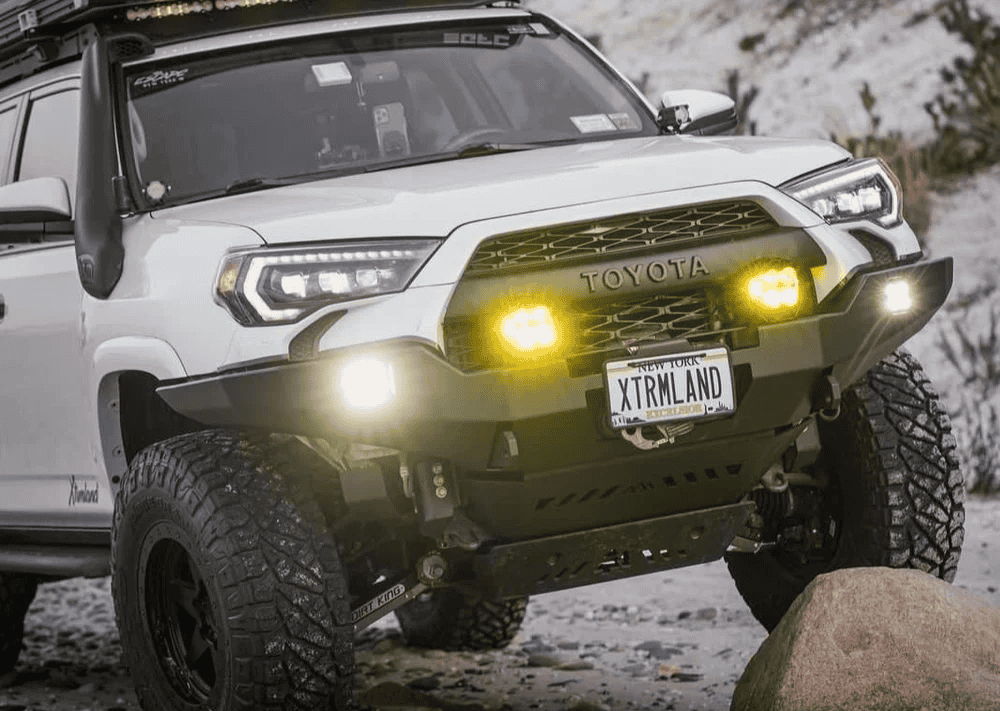Overland Vehicles

Sustainable design practices start with lifecycle thinking. Instead of focusing only on first cost, teams evaluate how a product is sourced, built, used, maintained, and retired. This view encourages fewer parts, simpler assemblies, and choices that support repair and reuse. The best designs also consider the user context, matching performance to real needs rather than chasing specs that add weight or waste.
Circularity anchors the approach. Design for disassembly allows components to be removed without damage, so parts can be repaired, upgraded, or recycled. Modularity lets systems adapt over time rather than forcing full replacements. Durability matters as well, since long service life reduces the churn of new manufacturing and disposal.
Adaptable layouts and modular components handle changing needs without starting from scratch. Plan for upgrades by reserving space, routing access, and standardized interfaces that accept new hardware.
Oversized systems cost more, draw more power, and often go underused. Specify only what the real mission demands, then validate with measured data rather than assumptions.
Clear labeling, accessible fasteners, and service loops turn maintenance into a quick task. If a component cannot be reached, it will not be repaired on time.
Material selection drives embodied carbon and end of life options. Prioritize recycled content where performance allows, and favor materials that can be recycled again. Fasteners that separate unlike materials reduce contamination and improve recovery rates. Low VOC finishes protect indoor air quality and keep working spaces healthier.
Energy wise, the first step is to reduce demand. Efficient appliances, right sized inverters, and smart controls lower draw before adding generation. Insulation, air sealing, and thermal breaks protect against heat gain and loss. Renewable sources can then cover a smaller and more realistic load, supported by batteries sized to the expected duty cycle.
Use durable surfaces that withstand abrasion, select structural elements with favorable strength to weight, and choose adhesives and finishes with verified emissions data. Document sources to keep supply transparent.
Load calculation beats guesswork. Measure typical usage, then specify wiring, fusing, and storage for that profile. Ventilation, shading, and insulation cut cooling demands before a compressor ever turns on.
What gets measured improves. Life cycle assessment tools estimate embodied carbon and hotspots across materials and processes. Thermal modeling tests how assemblies behave through seasons. Power audits reveal phantom loads and inefficiencies. These methods inform better tradeoffs rather than relying on rules of thumb.
Every project carries constraints. Budget, weight, space, and timelines shape what is possible. Sustainable design practices work within those limits by emphasizing interventions with the largest effect per dollar or per pound. Durability and serviceability often deliver the strongest return, because parts that last and can be repaired keep the entire system on the road longer.
Record what works, what fails, and what needs a revision. Feedback loops turn real world lessons into the next design iteration, reducing waste with each cycle.
Choose suppliers who publish data, honor lead times, and support repairs. Strong partnerships reduce delays, returns, and end of life surprises.
Translating these concepts into mobile platforms means building for vibration, moisture, temperature swings, and dust. Materials must resist wear, fixtures need mechanical retention, and wiring should be protected and labeled. Weight management is critical, so designers aim for strong but light structures and avoid unnecessary redundancy. The outcome is a rig that uses less energy, carries less mass, and runs longer between service intervals.
When you are ready to apply these principles to an adventure platform, see how our team approaches efficient power, rugged interiors, and field service planning on our overland rigs page. For detailed system integration and layout refinement, explore our custom overland upfit process. To understand our build philosophy and client experience, visit why choose OZK Customs.
Sustainable design practices do not limit performance. They sharpen it. By sizing systems to the mission, selecting materials that last, and making every component serviceable, your vehicle runs cleaner, quieter, and longer. Our shop carries this mindset from planning through handoff, so you can focus on the journey with confidence. Share your goals, your terrain, and your ideal trip length, and we will map an efficient path from idea to pavement.
Ready to turn sustainable design into a road tested build? Tell us how you travel, and our team will translate those goals into a durable, efficient overland platform with serviceable systems and smart power. Submit the form and we will map your options, timeline, and budget so you can roll out with confidence.
ADDRESS:
6159 E Huntsville Rd, Fayetteville, AR 72701
PHONE:
(479) 326-9200
EMAIL:
info@ozkvans.com